#Types
Explore tagged Tumblr posts
Text

Architecture and Ornament, Roof Shapes
314 notes
·
View notes
Text
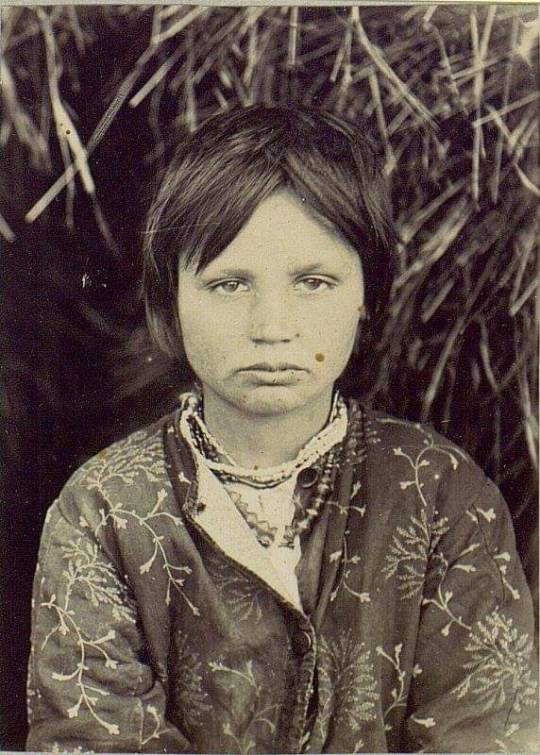

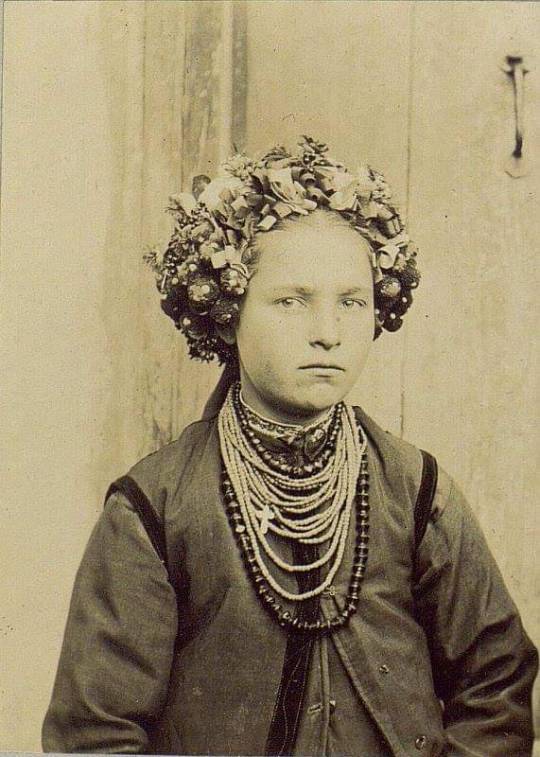
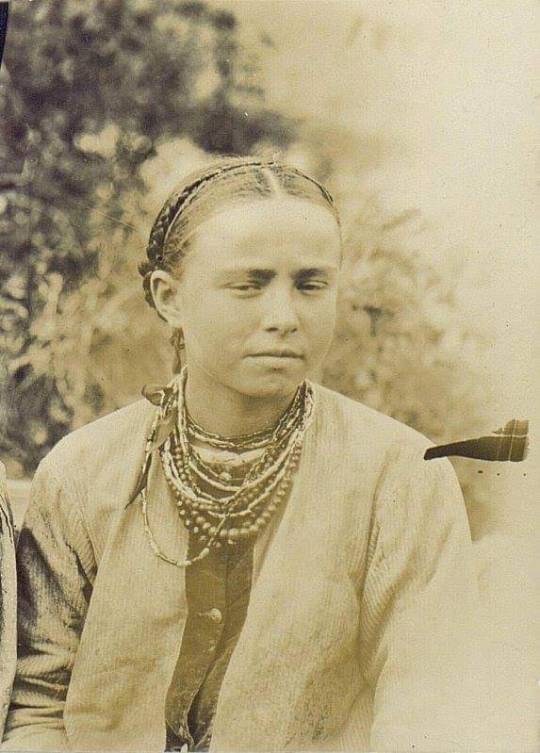


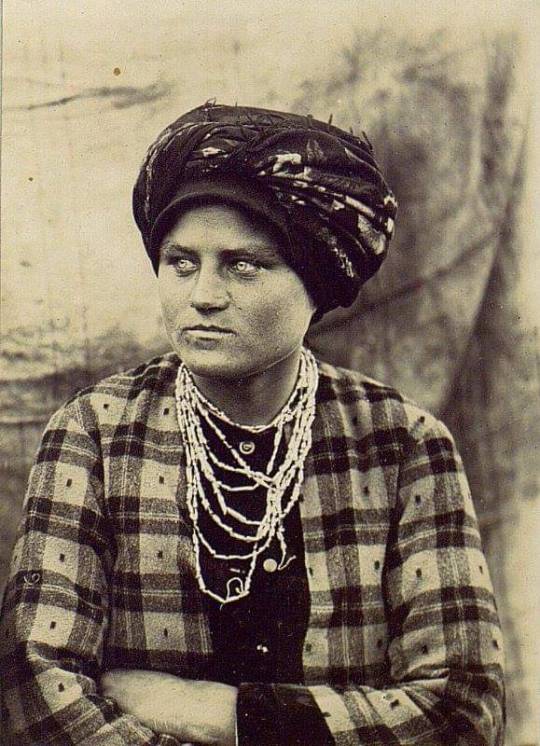
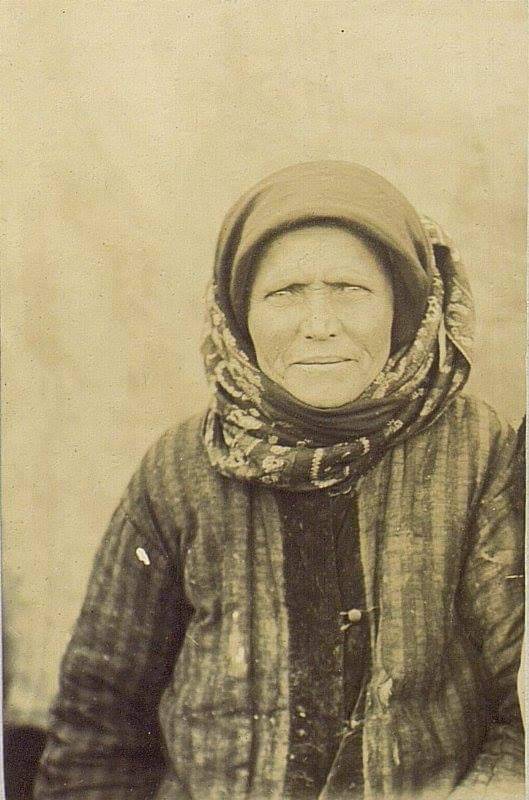
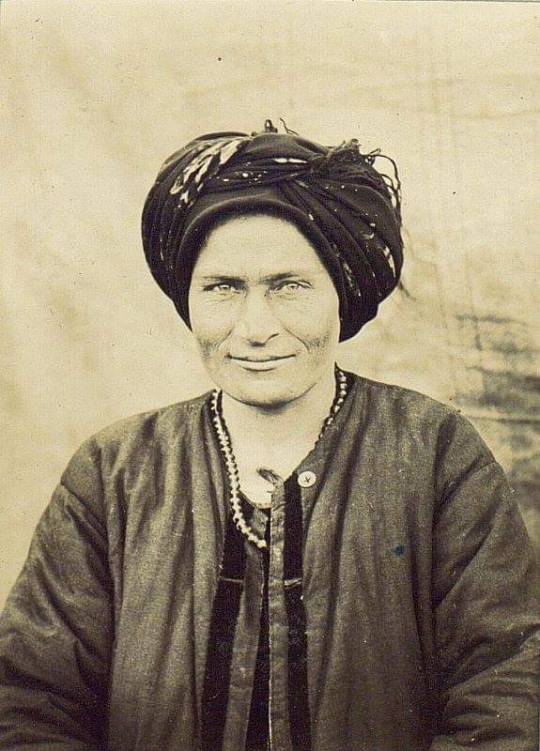
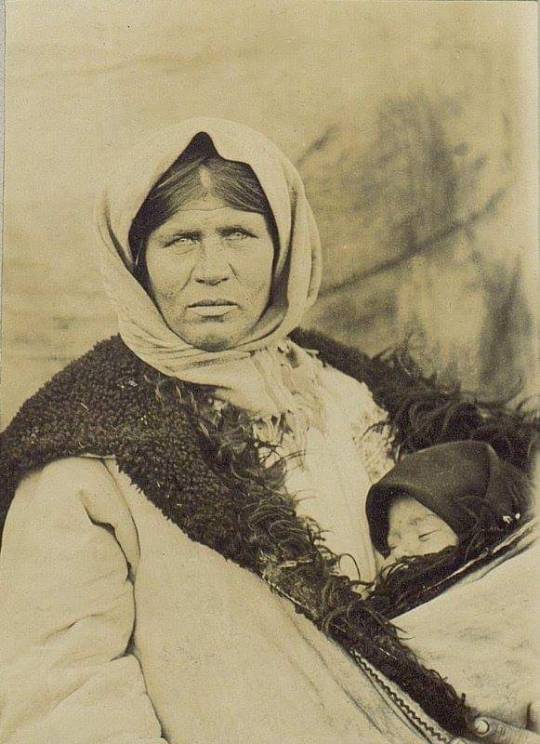
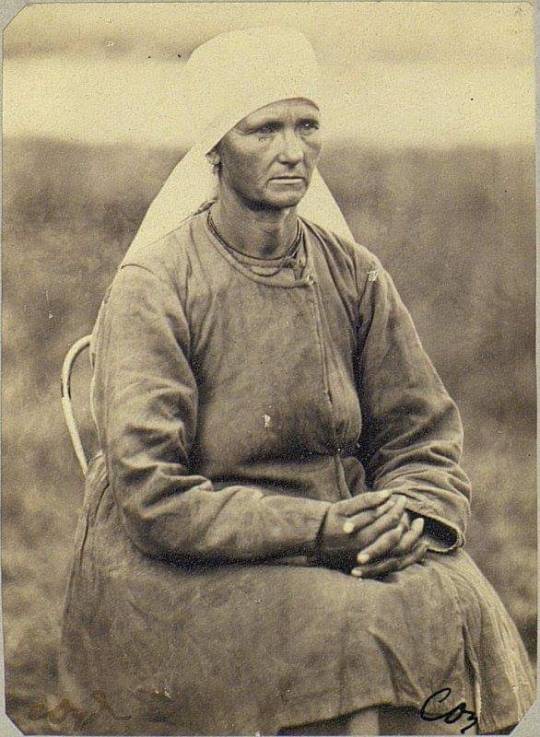

Portraits of ukrainian peasant women from Poltava region by Samiylo Dudin (1894)
Портрети жінок селянок з Полтавскої області зняті Самійлом Дудіним (1894)
#ukraine#eastern europe#photography#vintage photography#anthropology#portraits#people#black and white photography#faces#xix century#19th century#women#ethnic types#types
526 notes
·
View notes
Text
Animals...🐿





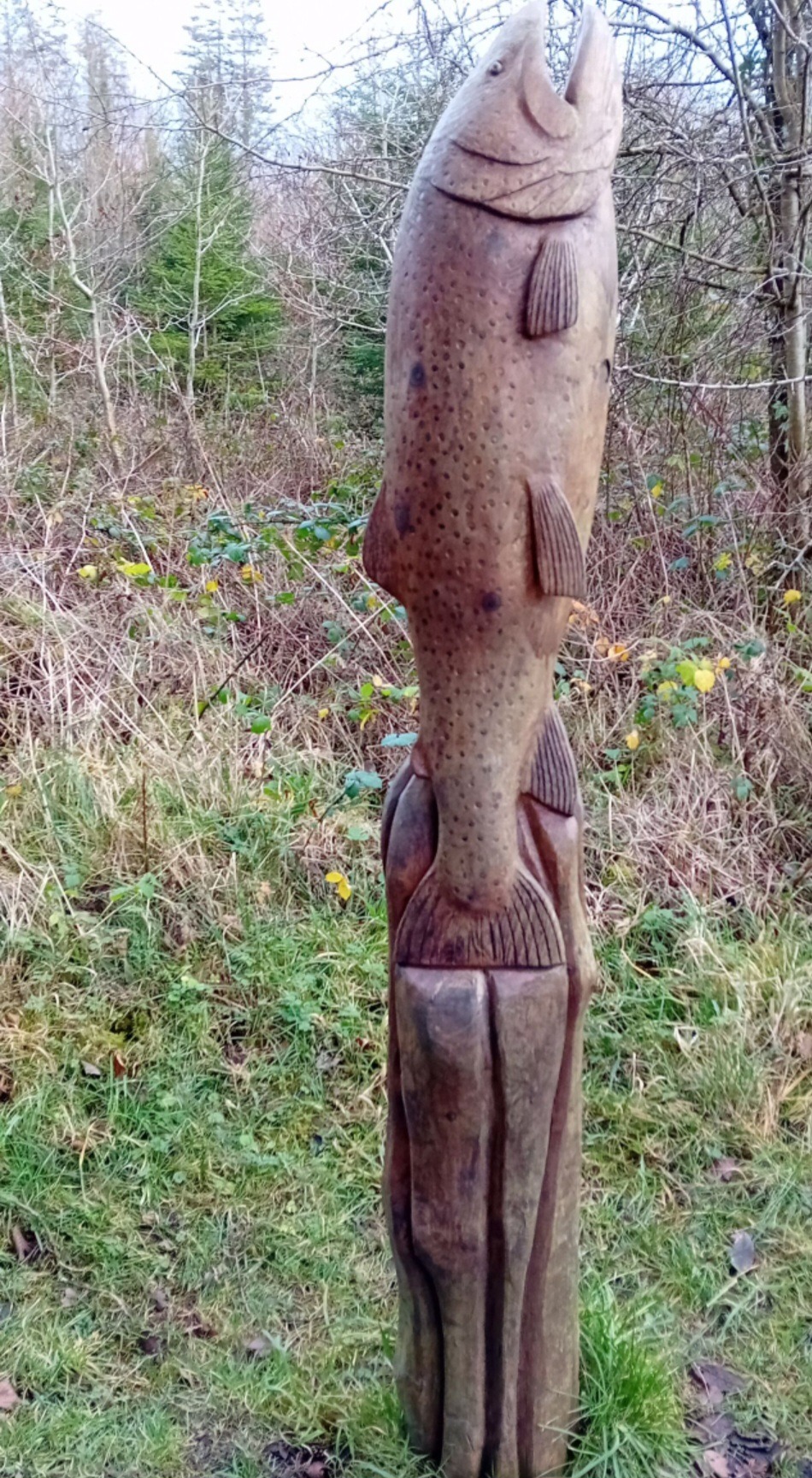

#interesting#animals#woods#walk#hobby#nature#outdoors#photography#photos#sky#no filters#December#Winter#Monday#fish#hare#squirrel#badger#fox#Pine marten#woodland#new post#Types#phone#camera#tumblr#happy#trees#tall#trip
67 notes
·
View notes
Text
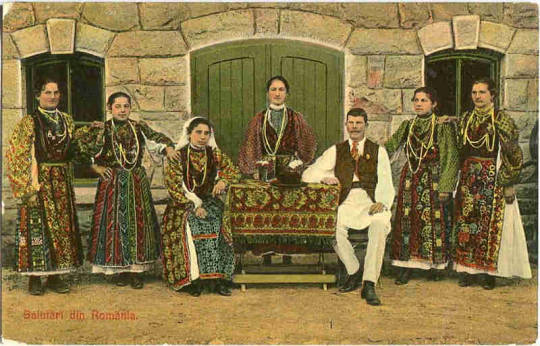


TYPES / PEOPLE of Romania.
#Romania#Rumunia#postkarte#kartka#post card#villagers#people#musicians#muzycy#ansichtskarte#tarjeta#stroje#costumes#stroje ludowe#types#folks
53 notes
·
View notes
Text
Are you a bowl of cereal at 11 am kind of person or a bowl of soup at 11 am kind of person?
35 notes
·
View notes
Text

Russian vintage postcard, illustrated by Ivan Bilibin, mailed to England
#tarjeta#postkaart#sepia#a42547#russian#nouveau#england#carte postale#russia#bilibin#ansichtskarte#ivan bilibin#signed#mailed#briefkaart#photo#photography#postal#postkarte#ivan#vintage#types#illustrated#postcard#historic#artist#ephemera
27 notes
·
View notes
Note
Rayyan to me is a Double Lion. They have a Lion Primary- they listen to their intuition, have a clear sense of right and wrong and their Cause is becoming a professional tennis player. They’re the type of Lion Primary who is adamant about their Cause and as a fellow Lion Primary that’s kind of sexy of them to me. They’re also a Lion Secondary-they are themself and hate to lie, they charge and take things head on.
Tobin on the other hand screams Badger Primary- they care about the community of Cargill and it’s also shown through how they handle Felix. Badger Primaries have a fascinating thing known as “dehumanising” they simply do not view that person as a person anymore (usually when a Badger’s close one hurts them they deal with that by cutting them off, while a Snake Primary wouldn’t struggle with that unless they’re part of their inner circle. Think of it like cutting off a limb and cauterising it to stop the bleeding.) Tobin cares about everyone not just their close ones and that’s shown through their actions. They are a Snake Secondary- adaptive and fluid, improvising when they need to. Their playing style was described as “fluid” and that solidified it for me.
G seems to be an immature Snake Primary- hedonistic, live in the moment, still trying to find their people, while also being burnt- somehow they are hurt and have burned as a result (they take of themself first and foremost) they however are a Bird Secondary- drawing upon prior knowledge and using their tools in situations.
Sam is a Snake Primary whose Important Person is MC and that melts my heart. They care about MC & Robin and their family. They take to Cargill- not because they’re community but because they’re MC’speople- and have a Badger Secondary of hard work and drawing upon the community for help. Amusingly enough Snake Badger’s are known as the Love Interest sorting which explains why so many people love them.
I hope you liked my theories and sorry for rambling haha😅
OK I don't know if you guys know but I LOVE personality theory in all shapes and forms, so literally when I got this ask I showed it to my gf and she immediately snorted and said I met my soulmate. So, thank you for that.
Long post below.
For folks who are wondering what the hell we're on about, here's a link to the sortinghatchats Tumblr page. Just so we get things out of the way: I absolutely detest J.K. Rowling and her TERF bullshit. Don't Stan for that, and that explains the use of lion/badger/snake/bird.
Anyway, agreed with Rayyan being lion primary—I was struggling with figuring out whether or not they seemed more snake primary or lion primary (because I also do see them protecting their crew to the ends of the earth e.g. their family, their cat, MC if they eventually make their way there...) but I do think that it ultimately makes more sense that they're people who wouldn't sacrifice their ideals/what they think is right.
As for Rayyan being lion secondary, that part is irrefutable. Like what you said:
they charge and take things head on
I think your Tobin typing is spot on, so I won't go into too much there except this:
Tobin cares about everyone not just their close ones and that’s shown through their actions.
and
adaptive and fluid, improvising when they need to. Their playing style was described as “fluid”
are absolutely right. I think Badger-snake combinations really explain Tobin's ability to mov through life with the ease and looseness/ quiet confidence and warmth/kindheartedness that Tobin embodies.
For G, I actually read them more as bird primary than bird secondary, mostly because I think ultimately, G's more concerned with coming up with a framework/system through which they understand the world / life / make decisions, but they're constantly adjusting / adding to that system or framework. Contradictions make them want to tinker and probe, and they're most at ease when things make sense.
I could see bird primary with either snake secondary for G (they wear many different skins) or bird secondary.
For Sam, I think you hit the nail on the head with
Sam is a Snake Primary whose Important Person is MC
and
Badger Secondary of hard work and drawing upon the community for help.
Absolutely adorable. I think that combination might be so popular for love-interests because it's probably the most endearing ride-or-die bestie combination to exist.
#ct:os#college tennis: origin story#if#interactive fiction#asks#sortinghatchats#sortinghat test#rayyan#sam#tobin#g#types#personality
42 notes
·
View notes
Text
Reworked Species #7: Mutated Bugs
Huge Locust
Their scientific name is Dryptophagus (meaning “tearing eater”). They're mutated locusts that resulted from nuclear testing on Pallas Island as well as failed experiments involving extremely toxic, genetic-altering chemicals applied to the wildlife of the Oro Sol Ruins by the Rebel Army and Amadeus Syndicate. These locusts have grown to giant sizes, transforming into vicious, nimble predators capable of effortlessly flying through enemy formations. Their wicked bite allows them to easily tear through flesh and crush leaves with minimal assistance from saliva.
As ambush predators, they're known to fly over their prey at a safe distance before diving down to seize them and feast on their heads and innards. They show little interest in consuming the rest of the prey's body, finding the heads and innards to be the most meaty and satisfying parts. Once they've finished feeding, they callously drop the lifeless bodies at the spot where they captured them, leaving them for other creatures to scavenge. As a last line of defence or to make it easier to catch attentive prey, they can spit out an orangish goo that induces immediate zombification.
Female Huge Locusts can grow up to 7' 6" (228.6 cm), while males reach about 7' 2" (218.4 cm). They look exactly like the Huge Locusts from Metal Slug 3, but the females have reddish-blue eyes accented with silver-grey facial markings.
Like standard locusts, they undergo a temporary migratory phase whenever their current habitat is depleted of easily accessible resources, forming small swarms to travel to new areas where fresh prey and vegetation are available. They're usually solitary but become gregarious during migration periods and when hunting for prey. Although they're known to be lazy, sticking to what's readily available in their current domain, they're not afraid to venture beyond their territory in search of new land to populate and potentially find a quick meal. A week before the migratory phase begins, they enter a two-day mating frenzy and actively hunt for food outside their territory.
They have a unique relationship with the Chowmein-Congas and Man-Eaters. They're known to tease the Chowmein-Congas by swooping down and gently nibbling at their eyes or picking up their scavenged meals, which still have heads and/or innards, and feasting on them before returning the remains. While full-on fights between the two species are rare, they do occasionally occur. The Huge Locusts sometimes use them as temporary resting places, especially pregnant females, showing little concern for what the Chowmein-Congas are doing at the time. In relation to the Man-Eaters, the Huge Locusts occasionally assist them by providing swift transportation to hard-to-reach places. They also have a habit of yanking off one or two of the Man-Eaters' head leaves or petals for a snack.
Maggot
Their scientific name is Vermis celerisprolifera (meaning "swiftly reproducing worm"). It's unknown how they came to exist as they're the oldest known mutated creatures on Earth, predating the Regular Army's secret nuclear testing on Pallas Island. Rumours have circulated that they might be the result of secret Amadeus Syndicate experiments involving genetic enhancement and alteration of fly larvae before releasing them into the world. However, this theory doesn't explain why the Maggots inhabiting the Corridor of Fire, the Oro Sol Ruins, the underground fortress on Scrap Island, and the temple of the P’isqu Runakuna (meaning "bird people" in Quechua) are centuries older than the Amadeus Syndicate. Recent discoveries suggest that they appear to have no real genetic link to any known insect. They look exactly like the Maggots from the Metal Slug games, and their size is comparable to that of an average human face.
These ravenous, maggot-like creatures can survive in a variety of environments and are capable of reproducing at an alarming rate. They're typically found in great numbers and will sacrifice themselves by expelling their acidic body fluids if they sense danger to their colony. They come in a wide range of colours, and each subspecies has its own unique attacks.
White Maggots (Vermis celerisprolifera albus) inhabit the Oro Sol Ruins and underground areas rich in vegetation, coexisting with other mutated creatures, and they attack by spitting lethal acid.
Purple Maggots (Vermis celerisprolifera purpureus) inhabit the Corridor of Fire and attack by spewing a fiery liquid upon contact with a living creature.
Orange Maggots (Vermis celerisprolifera aurantius) inhabit the underground fortress on Scrap Island, and they attack by spitting out a translucent red-yellow slime that's akin to boiling hot water.
Green Maggots (Vermis celerisprolifera viridis) inhabit the underground temple of the P’isqu Runakuna and attack by spewing out a purple poisonous gas that, unlike the other subspecies, doesn't kill them in the process. However, it does weaken their immune system and makes them somewhat lethargic.
Big Snail
Their scientific name is Causticus gigantor (meaning "gigantic burning"). Also known as Escargots, these mollusks have mutated from snails due to failed experiments that took place in the depths of the Oro Sol Ruins. They look exactly like the ones in Metal Slug 3, but they grow up to 9 ft (274.32 cm) tall, the insides of their shells are a shimmering dark blue, and their eyes have a subtle golden tint.
They can spit a controlled stream of acid that easily melts through flesh and clothing. Due to the extremely sticky slime they produce, they can climb up walls and dangle from the ceiling before purposefully dropping their shells, creating an explosive hazard. Sometimes, they hide in their surprisingly durable shells, which can deflect bullets, and self-destruct. They're immune to extremely cold temperatures and can exhale a plume of fire while allowing their acid to self-replenish.
They prefer to inhabit humid, dirty places alongside Chariots and other mutated creatures they consider friends. They're surprisingly malevolent toward outsiders and attackers, immediately going on the defensive to eliminate them as quickly as possible. They're not afraid to attack their own brethren and friends, but only if they perceive them as a genuine threat and believe they're causing unnecessary problems. Big Snails are hiveminded, following the orders given to them by their queens to maintain territories and ensure the safety of their young.
Their queens are Big Snails that have grown to an enormous size, about 21 ft (640.08 cm), and can no longer fit into their shells. This occurs shortly after the death of a colony queen, and their brethren readily appoint them as the new queen, treating them as both a leader and a motherly figure. They prefer to thrive in unexplored subterranean areas, where they reside and produce clusters of fertilized eggs. Queens can hide their massive bodies in the ground, compensating for their inability to conceal themselves in their durable shells. They leave behind a poisonous snail trail that preys on anything that touches the tips of their elongated tentacles. They can use their tentacles as whips, lashing out at attackers.
Giant Caterpillar
Their scientific name is Megalopyge eruca (meaning "large-rumped caterpillar"). Also known as Huge Grubs, these enormous caterpillar-like creatures have mutated from swallowtail caterpillars and ravenous grubs due to failed experiments on the wildlife in the Oro Sol Ruins. They closely resemble the Giant Caterpillars from Metal Slug 3, including the yellow, cyan, and red variants seen in Metal Slug Attack. They're androgynous and reproduce asexually, growing up to 18' 6" (563.88 cm).
They attack by extending a defensive yet destructible tongue-like horn that forms acidic bubbles, which they can forcibly propel. Their acid is potent enough to dissolve bodies down to nothing but bones. They're capable of charging and ramming at speeds slightly faster than the average human running speed, toppling over anyone in their path and potentially crushing those who fail to move out of the way. Red-coloured Giant Caterpillars can spit fireballs, while cyan-coloured ones can exhale poisonous gas. Upon death, a Giant Caterpillar expels a large amount of digested food and Maggots that reside within its body, which are responsible for consuming any harmful parasites and bodily waste inside.
They prefer to inhabit underground hives alongside other mutants, fiercely attacking anyone who threatens their territory. They appear to be very relaxed and joyfully oblivious when around mutated animals like the Chowmein-Congas and Big Snails. Like typical grubs and caterpillars, they have a massive appetite, devouring anything that is edible and tasty.
Chariot
Their scientific name is Acidifera volucer (meaning "flying acid-bearer"). They are small, swarming flying insects that have mutated from Egyptian scarabs and deadly wasps. About half the size of two human hands, they have glowing red eyes that possess the unnatural ability to blink slowly. They closely resemble the Chariots from the Metal Slug games, but their heads and elytra have a glittering emerald sheen. Their wings are wasp-like, featuring greenish-brown ribbing and a membrane that resembles red-stained paper. Their antennae are greenish-brown, and their six legs resemble those of dung scarabs, sharing the same sheen and hue as their elytra and head, along with tiny golden hairs.
They inhabit dry, arid environments with cool nights, such as deserts, as well as damp, musty areas with overgrown vegetation like the underground fortress located on Scrap Island. They're known for burrowing inside corpses, particularly mummified ones that aren't properly entombed, using them as breeding grounds and homes for their young and mates. They appear to have a special, presumably mystical relationship with living mummies, obeying their every command and actively attacking anything they perceive as a threat to their own safety and the ruins in which they reside. They have been observed to possess a collective hive-mind consciousness, allowing them to work effortlessly in teams and assist their brethren in combat and caring for the young.
They're capable of constructing nests slightly larger than human size, made from scavenged decaying matter and paper pulp, which they create by chewing wood fibers and mixing them with their saliva. Although they're very protective of their nests and immediately attack anything that attempts to harm them, they seem unbothered by life forms that don't threaten their homes or choose to inhabit them, either completely dismissing their existence or treating them like their own kin. This has been observed with Maggots, which frequently live near their homes, attracted by the smell of decaying matter, and they treat them as if they were their own larvae.
When they land near the heads of living creatures, they swiftly explode into a small puddle of slimy green blood, which is extremely acidic and can cause severe burns that may be lethal. They have golden stingers that can easily penetrate the skin and inject a stunning poison, causing painful muscle tension, irregular and raspy breathing, and difficulties in neurological function. The side effects are temporary, lasting only about 16 seconds, but being stung by multiple Chariots can be lethal.
#writerscorner#creative writing#writing#iron eclipse au#metal slug#snk#gaming community#rework#redesign#appearance#types#behaviour#abilities#mutated bugs
8 notes
·
View notes
Text
There are two types of typers 🫣:
1. Originals.
2. Plagiarists.
Only repeat, revise, reword and rinse out of your own creativity. 🫡
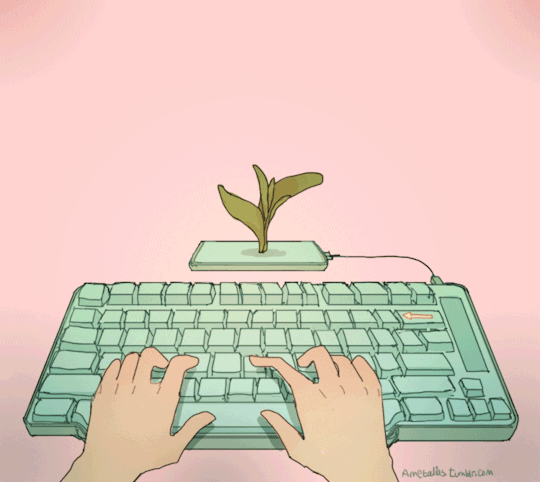
#writeblr#writing#writers on tumblr#writer problems#writing process#fantasy#writerblr#writer#spilled ink#writers#writer types#editing#typing#typed#types#spinning articles#OP
9 notes
·
View notes
Text
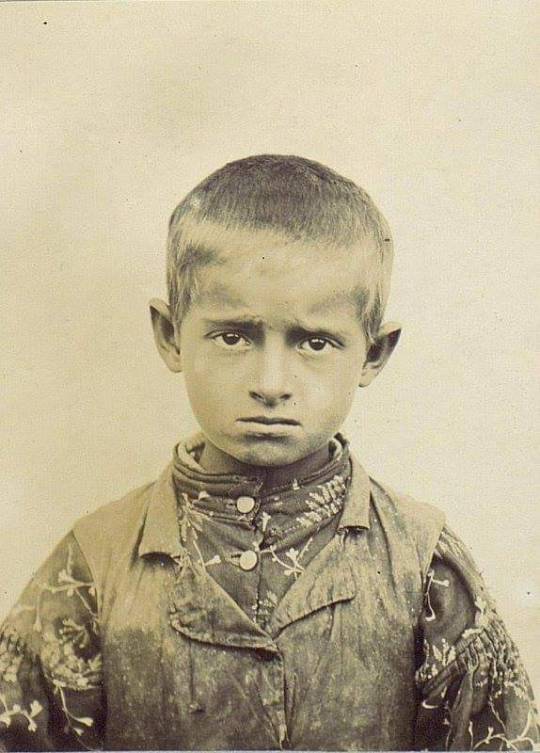
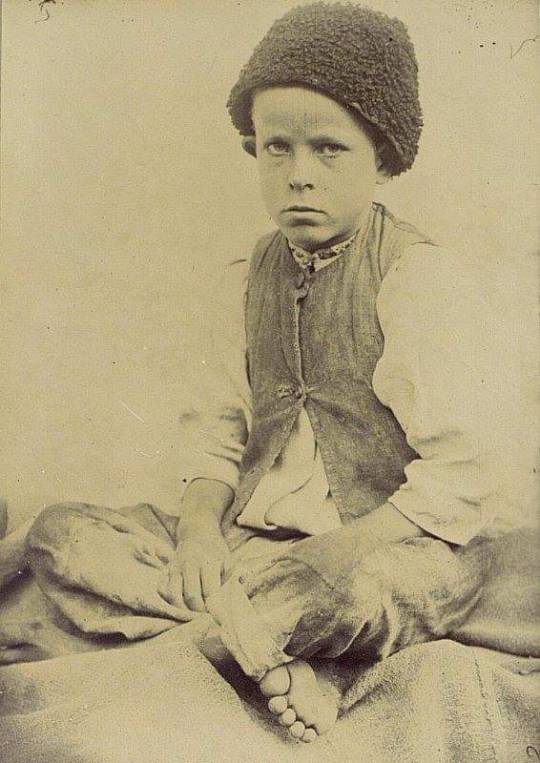
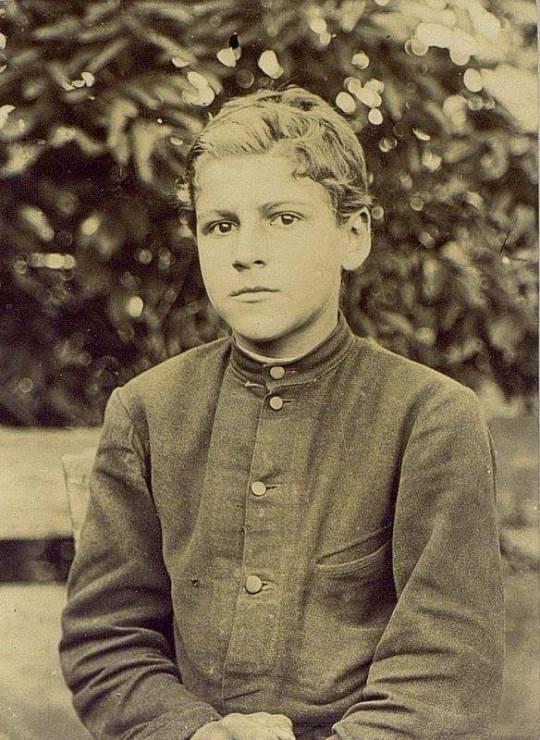
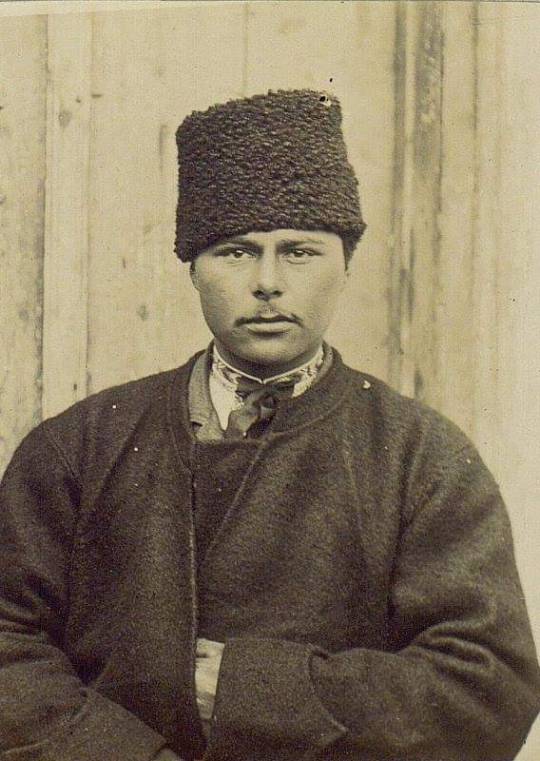
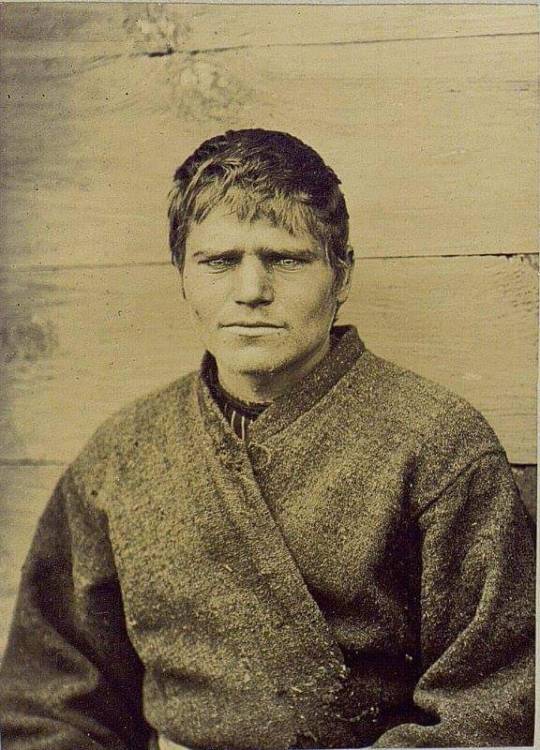

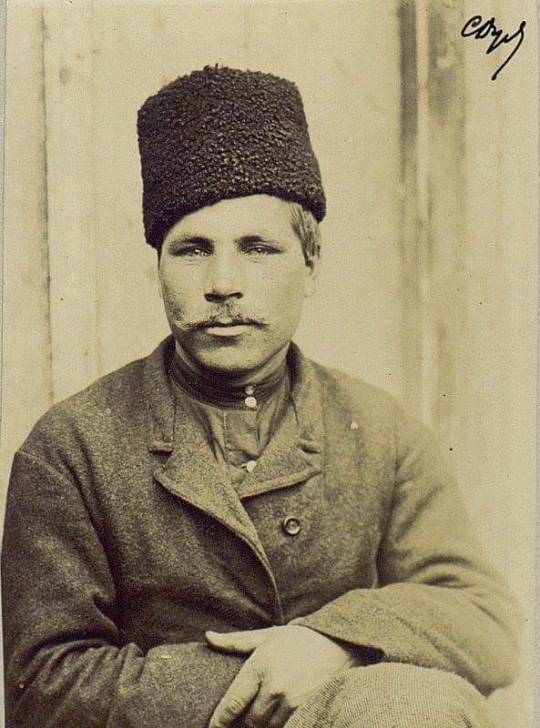
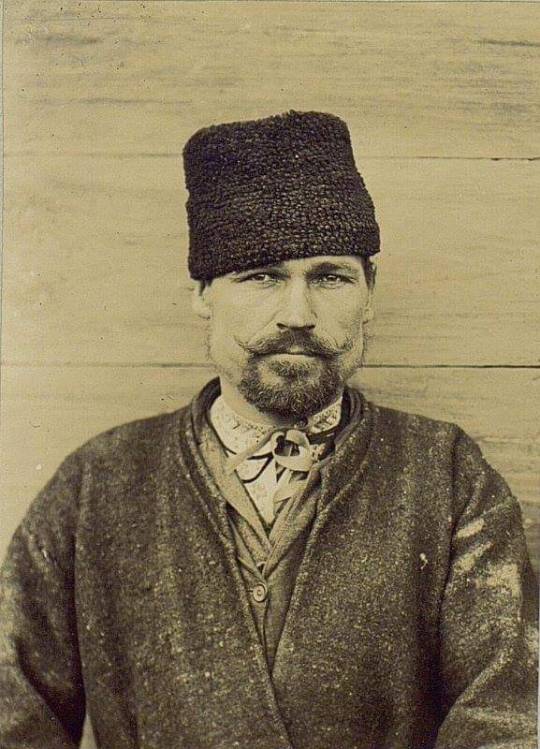
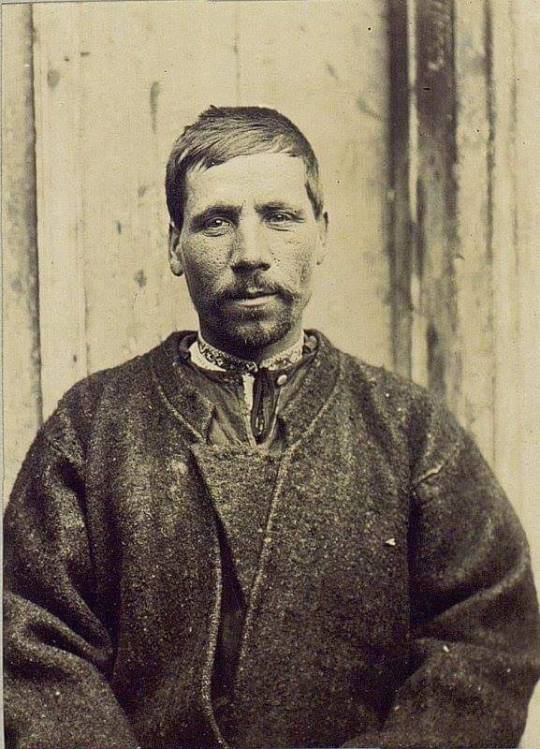


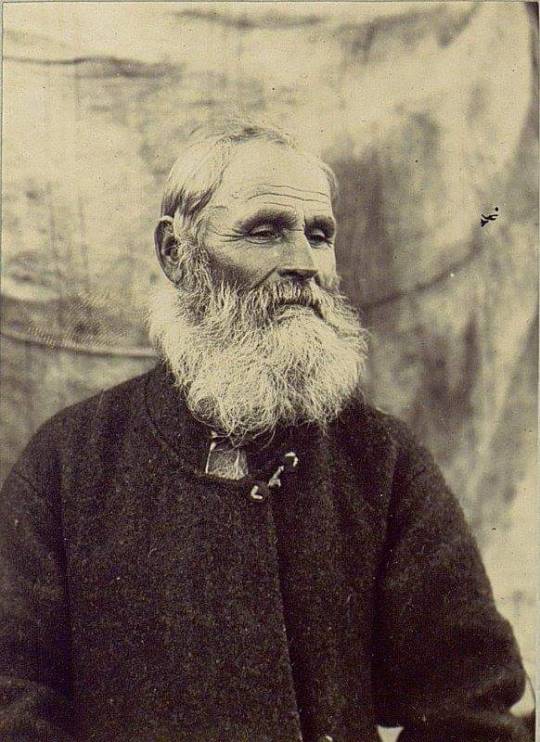
Portraits of ukrainian peasant men from Poltava region by Samiylo Dudin (1894)
Портрети чоловіків селян з Полтавскої області зняті Самійлом Дудіним (1894)
#ukraine#eastern europe#photography#vintage photography#anthropology#portraits#people#black and white photography#faces#xix century#19th century#men#ethnic types#types
311 notes
·
View notes
Text
3 notes
·
View notes
Text

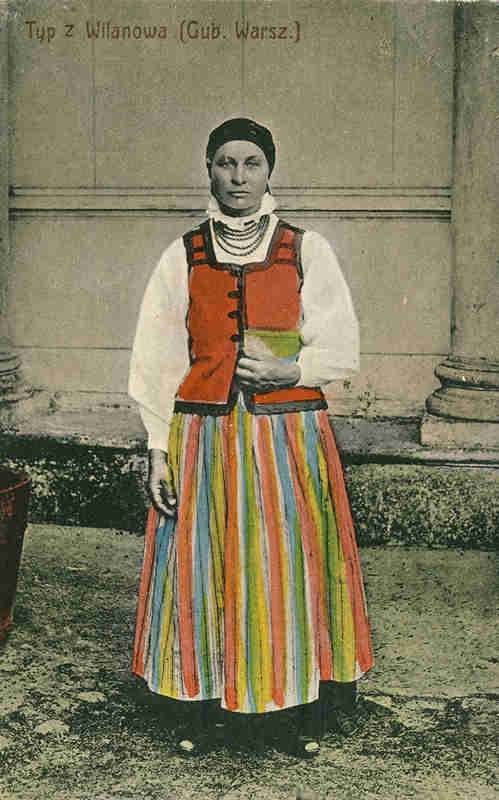




TYPES from WARSAW / people / ludzie z Warszawy => POLAND.
#postkarte#post card#kartka#Polonaise#Warszawa#Varsovie#types#pocztówka#ansichtskarte#Warsaw#ludzie#people#costumes#ubrania#odzież#Polonia#Polska#Poland
9 notes
·
View notes
Photo

The Rayid Model of Iris Interpretation There are 4 constitutional iris patterns: 2 primary and 2 secondary. The two primary structures are “Jewel” and “Flower”. Everyone has one of these two patterns as their dominant iris structure. The primary iris pattern is modified by the secondary pattern: either “Stream” or “Shaker”. Personality traits and characteristics are different for each of these structures.
#eye#eyes#iris#irises#rayid model#eye interpretation#type#types#flower type#shaker type#stream type#jewel type#pattern#patterns#color#colors#colour#colours#personality#personality traits
5 notes
·
View notes

